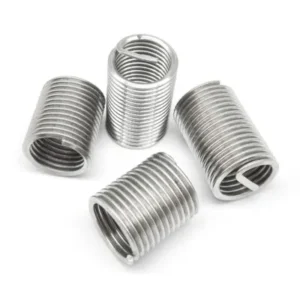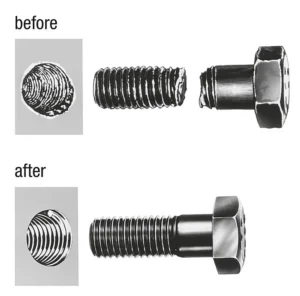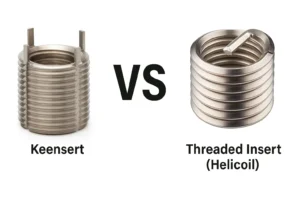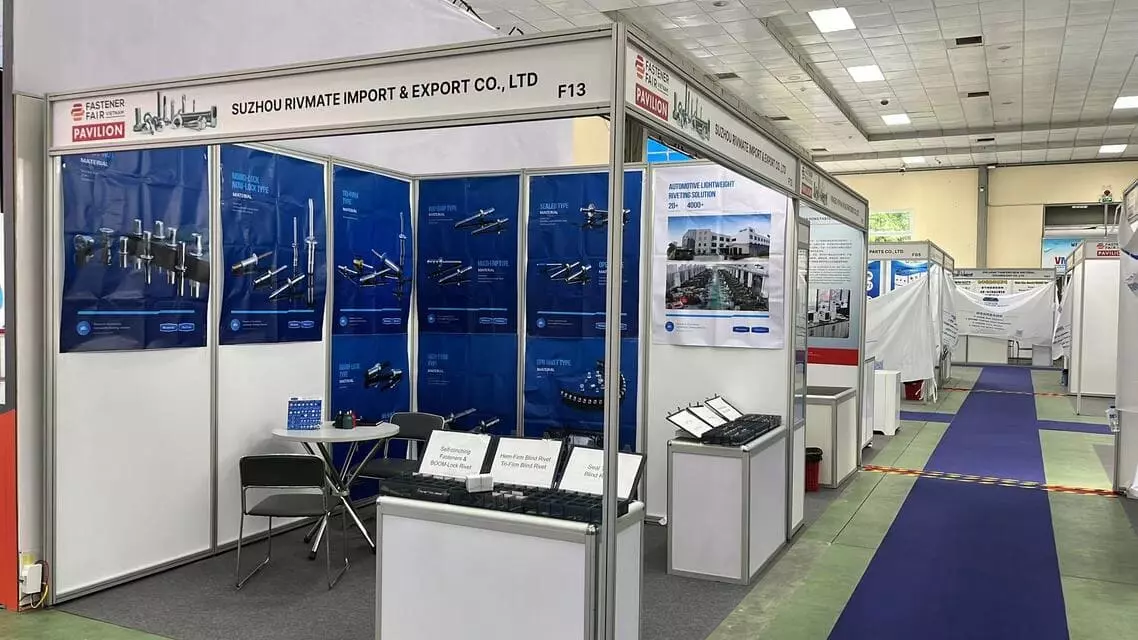Problem With Threaded Coil Inserts Is They Unravel During Install
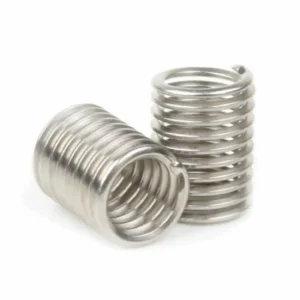
Leading Threaded Inserts Manufacturer and Supplier in China
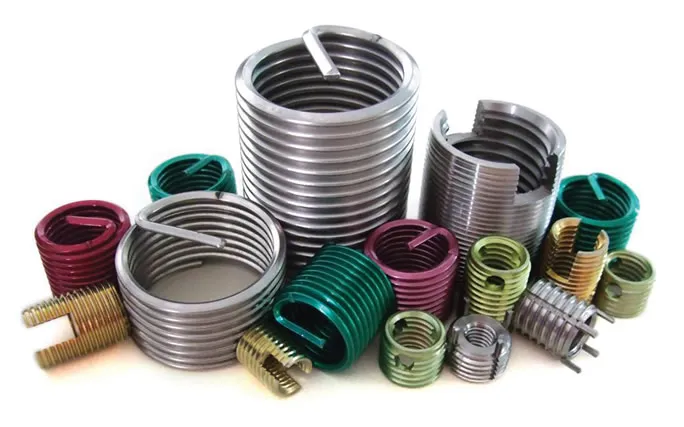
Threaded coil inserts (screw coil inserts) are a common tightening solution used to enhance or repair internal threads. By embedding a section of high-strength stainless steel coil into the parent material hole, a sturdy and wear-resistant new thread structure is formed. This structure not only increases the connection strength but also extends the service life of the thread. It is widely used in scenarios such as metal repair, automotive parts, electronic equipment, aerospace assembly, etc., where high strength and reliability are required.
However, during the actual installation process, some users may encounter a common issue: threaded coil inserts tend to loosen or experience ‘unwinding’ during installation. This article will thoroughly analyze the causes of this problem, the potential risks it may bring, and reliable solutions.
Table of Contents
Common Installation Problems With Threaded Coil Inserts
Although threaded coil inserts excel in enhancing the strength of the threads, they may still encounter a series of problems during actual threaded inserts installation. If not handled properly, they could affect the structural safety and service life. Here are several common installation issues:
- Threaded coil detachment / Unwinding
If the insertion angle is incorrect or the torque control is not precise during installation, it may cause the coil to loosen or unwind, affecting the accuracy of the threaded fit. In severe cases, the base material hole positions need to be reprocessed. - Deformation or misalignment during installation
If the installation tools do not match or the force is uneven, the threaded coil inserts are prone to deformation and misalignment, resulting in their inability to properly engage with the screws.
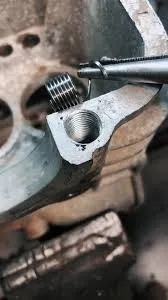
- Differentiation in thread alignment / Tooth slippage issue During the installation process, if the original threads are not aligned or if a dedicated import tool is not used, it may result in inconsistent thread directions, even causing thread slippage, thereby reducing the overall connection strength.
Why Do Threaded Coil Inserts Unravel During Installation?
When threaded coil inserts experience the problem of unraveling during installation, it usually indicates that there is a deviation in the operation process.
Table: Threaded Coil Inserts Unravel During Installation - Common Causes and Their Effects
| Issue Type | Root Cause | Potential Impact |
|---|---|---|
| Coil Unraveling | Mismatched installation tools | Thread failure, structural loosening |
| Poor Thread Engagement | Non-standard hole dimensions | Installation failure, rework required |
| Installation Sticking or Stripping | Incorrect coil size / Poor elasticity | Low installation efficiency, reduced product reliability |
| Loosening or Misalignment After Installation | Improper angle/force control | Affects service life and safety |
In-depth Analysis: Main Reasons for the Unwinding
①. Incompatible installation tools
Using non-specific installation tools (such as ordinary screwdrivers, non-self-drilling screws) or without a threaded guide, will result in a lack of precise control during the insertion process. Once the coil fails to enter the threaded bottom hole correctly at the initial stage of installation, its tail end is prone to “pinching” the hole wall or slipping, causing excessive local stress and eventually leading to coil fraying or “rebound uncoiling” phenomena.

It is recommended to use a dedicated installation rod (with stop mechanism design) and a guide sleeve to ensure that the coil is evenly stressed when entering, and to avoid eccentricity.
②. The installation holes were not drilled or tapped according to the standard specifications
According to international standards such as ISO 23429 and NASM33537, the bottom hole size of the threaded coil must be highly compatible with the tapping standard. For example, for a M6x1.0 coil, the recommended bottom hole diameter is usually 6.3mm to 6.4mm. If it exceeds the error range, it will result in:
- Excessive aperture → The coil has no tension and cannot “self-lock” after being screwed in;
- Poor cleanliness of the tapping process → The iron filings block the passage, causing uneven resistance during the screwing process, and the coil is prone to disengage from the thread.
Furthermore, if the bottom hole is too short or the thread depth is insufficient, the coil tail will not be able to be effectively inserted, and thus will be forcibly pushed out and unwound.
③. Incorrect selection of coil size or material issues
Choosing the “super-long coil” or a model that does not match the thread specification is one of the common installation mistakes made by beginners. An excessively long coil can cause the tail end to fail to timely “follow” the tension release area during insertion, resulting in reverse pulling and causing unspooling.

Furthermore, if the material of the coil lacks elasticity (such as low-quality stainless steel with high processing stress), or if there are burrs or local deformations on the coil surface, it will cause uneven force distribution on the threads, thereby creating a potential risk of disengagement.
High-quality threaded coils are usually made from cold-rolled stainless steel wire of 304 or 316 grades, which possess excellent torsional resistance and elastic recovery capabilities.
④. Improper installation angle or force used
During the process of inserting the coil, if the operator fails to align the installation rod with the axis of the threaded part, or if they exert excessive force or have unstable hand movements during the installation, it is very likely to cause:
- The initial entry angle deviation → causes uneven force distribution on the coil section, resulting in kinking;
- The middle section is overly restricted → the operator continues to forcefully insert, causing the coil to stretch and deform or directly unwind.
Especially on soft substrates such as aluminum alloy, if the installation force is too high, it will cause damage to the tapping process, making it difficult for the coil to be properly inserted and positioned, and further increasing the risk of detachment.
To prevent the threaded coil inserts from unraveling during installation, it is recommended to select the components strictly according to the product specifications, use standard installation tools, and ensure the accuracy and consistency of each step of the operation.
How to Prevent Threaded Coil Inserts From Unraveling?
In practical applications, if the threaded coil inserts unravel during the installation stage, it not only affects the connection strength but also may cause damage to the base material and increase the rework costs. To prevent threaded coil inserts from unraveling, the following approaches can be taken:
- Select professional installation tools
By using a dedicated threaded insertion tool, especially one with torque limitation or insertion depth control functions, the installation stress can be significantly reduced, ensuring that the coils are properly embedded according to the standards. - Use the correct pitch and thread standard
Before installation, strictly follow the selected coil specifications and use the recommended tapping hole size (such as the STI thread standard) to avoid overly tight or loose threads that could cause jamming or unwinding. - Choose high-quality threaded coil products
High-quality brands (such as Rivetfix) offer integrated, highly elastic and highly polished coil products, which can effectively reduce the winding problems caused by material defects. - Conduct pre-installation testing and hole position inspection
Before the formal installation, it is recommended to conduct installation tests using the sample parts and perform a comprehensive inspection of key parameters such as aperture, pitch, and verticality to prevent potential assembly errors.
Solutions if a Coil Insert Already Unravels
When the situation of “threaded coil insert unravel” has occurred, taking timely and correct repair measures can prevent the damage from further expanding and restore the reliability of the structural connection. The following are several common methods for “threaded coil insert unravel fix”:
For metal substrates, if there are scenarios involving high strength or frequent disassembly, it is recommended to use self-locking key slot inserts, which have a sturdy structure and can effectively prevent the loosening or detachment of the threads. In plastic substrates, hot melt inserts are a more ideal alternative. By heating during installation, hot melt inserts can be more firmly bonded to the plastic, avoiding problems such as pull-out or slipping.
For thin plates or soft metal materials, it is recommended to use press rivet nuts or thin-walled inserts, as they can provide stable threaded connections even in a small space, and also have excellent tensile and torsional resistance. Choosing the appropriate threaded insert alternatives not only enhances the connection strength but also extends the product’s service life, especially in complex materials or extreme conditions where this is particularly important.
Best Alternatives to Threaded Coil Inserts for Difficult Materials
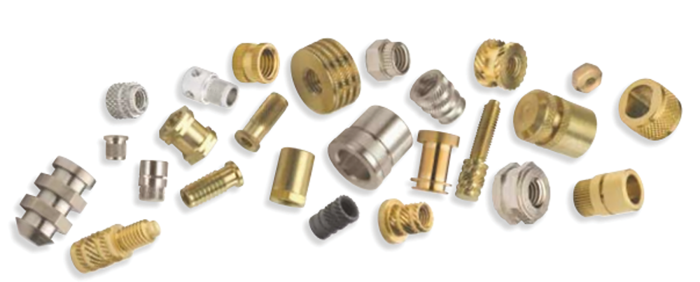
In practical engineering applications, although threaded coil inserts are lightweight and easy to install, they may not always be the optimal solution in certain materials. Here are several threaded insert alternatives that perform better in different materials and can effectively enhance connection reliability and structural strength:
a. Metal substrate: Use self-locking Key Locking Insert
For metal substrates such as aluminum alloy and stainless steel, self-locking keyway inserts are a more robust and vibration-resistant option. They are fixed in the base material through a mechanical locking structure, and are unlikely to loosen or fall off even during frequent disassembly or under high load conditions. This is much superior to the performance of spiral coils in heavy-duty applications.
b. Plastic substrate: Replace the spiral coil with a hot-melt insert
The plastic material itself is soft, and the spiral coil inserts may damage the hole wall due to excessive torque. The hot-melt inserts are heated and melted into the surface layer of the plastic, forming a tight bond after cooling, with excellent tensile strength and anti-rotation ability. They are particularly suitable for thermoplastic materials such as ABS and nylon.
c. Thin plates or soft metals: It is recommended to use rivet nuts or thin-walled inserts
When the material thickness is insufficient, the helical coil cannot provide stable locking force. In such cases, it is more suitable to use a rivet nut or a thin-walled threaded insert. These components use mechanical clamping or deformation locking methods to provide reliable connections even in a smaller space, and are commonly used high-strength solutions in industries such as aviation and electronics.

FAQs About Threaded Coil Insert Installation
Q1: I always have problems with the coils coming off when I install them. Could it be a problem with the tools?
This might be related to the installation tools used, the dimensional accuracy of the pre-drilled threaded holes, or the material elasticity of the coil itself. If the installation tools used do not have positioning slots or torque control functions, it is prone to cause the coil not to be fully embedded or to have loose teeth. Moreover, if the hole diameter is too large or the thread processing is not standardized, it can also lead to the coil loosening or falling off after installation. It is recommended to use dedicated installation tools and ensure that the threaded holes meet the manufacturing tolerance requirements.
Q2: How to select the appropriate size of the threaded coil?
Selecting the appropriate size of threaded coils requires considering the diameter of the screw, pitch, the strength of the installation material, and the depth of the pre-drilled holes. Generally, you can refer to ISO or UNC/UNF standards and choose the coil model corresponding to the internal thread specification. Rivetfix provides detailed selection manuals and technical guidance to help you quickly match the appropriate size.
Q3: The coil became loose during installation. Can it still be used?
If the coil becomes loose after installation, it indicates insufficient bonding force. It is recommended not to continue using it. Continuing the installation may cause the connection to fail or even damage the base material. In such cases, a longer or thicker specification coil should be replaced, or a more stable alternative solution such as self-locking threaded inserts or press-fit nuts should be used.
Q4: Does Rivetfix support custom specifications?
Yes, Rivetfix can provide customized services with non-standard specifications according to the specific needs of customers, including customized length, special tooth shapes, material selection (such as stainless steel, heat-resistant alloys, etc.), and large-scale OEM production services.
Please submit your detailed requirements through our online customer service or technical support team, and we will provide you with the most suitable solution.
Conclusion: Install Smart, Avoid Unravel
Although the threaded coil is well-designed, if the installation method is improper, such as using the wrong tool, not aligning the threaded holes properly, or not operating according to the recommended torque, it is very likely to cause the coil to loosen, tilt, or even fall off, thereby affecting the stability and safety of the entire connection structure. The correct approach is to select the appropriate coil model based on the material of the base material and the application environment, and perform the operation using dedicated installation tools. In necessary cases, torque control and quality inspection procedures can be combined.
Rivetfix offers a wide range of threaded coil products, customized services and professional technical support, helping you achieve stronger and more reliable internal threaded connections. Please feel free to contact us to obtain a one-stop solution, making your assembly more stable and reassuring.
Do You Have Any Questions?
Let Us Solve Your Problem
Why Choose Rivetfix Threaded Inserts?
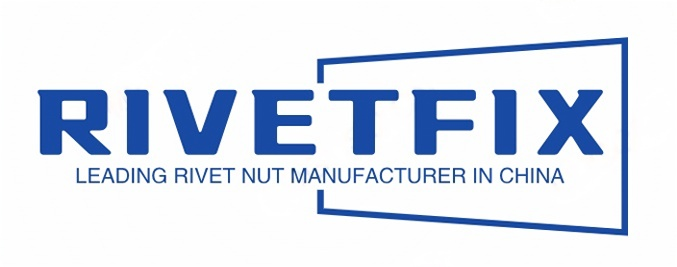
Rivetfix offers comprehensive threaded insert solutions, covering various product series such as coil type, riveting type, and self-tapping type, to meet the diverse needs of different industries and materials. We not only focus on the stability and reliability of product quality, but also provide professional technical support to customers, including detailed video installation tutorials and customized suggestions for specific projects, to ensure that users can quickly master the correct installation methods and avoid common installation problems. With a complete global supply chain, Rivetfix can achieve rapid batch production and support OEM services, helping customers achieve brand customization and large-scale procurement.
Choosing Rivetfix means choosing a reliable partner to provide efficient and high-quality threaded connection solutions for your project.
Get High Quality Rivet Nuts Quote!
Send Your Rivet Nut Request
For more than 20 years, Rivetfix has helped customers solve many rivet nuts sourcing needs and technical challenges.
Have a question? Contact us and we’ll provide you with the perfect solution.

